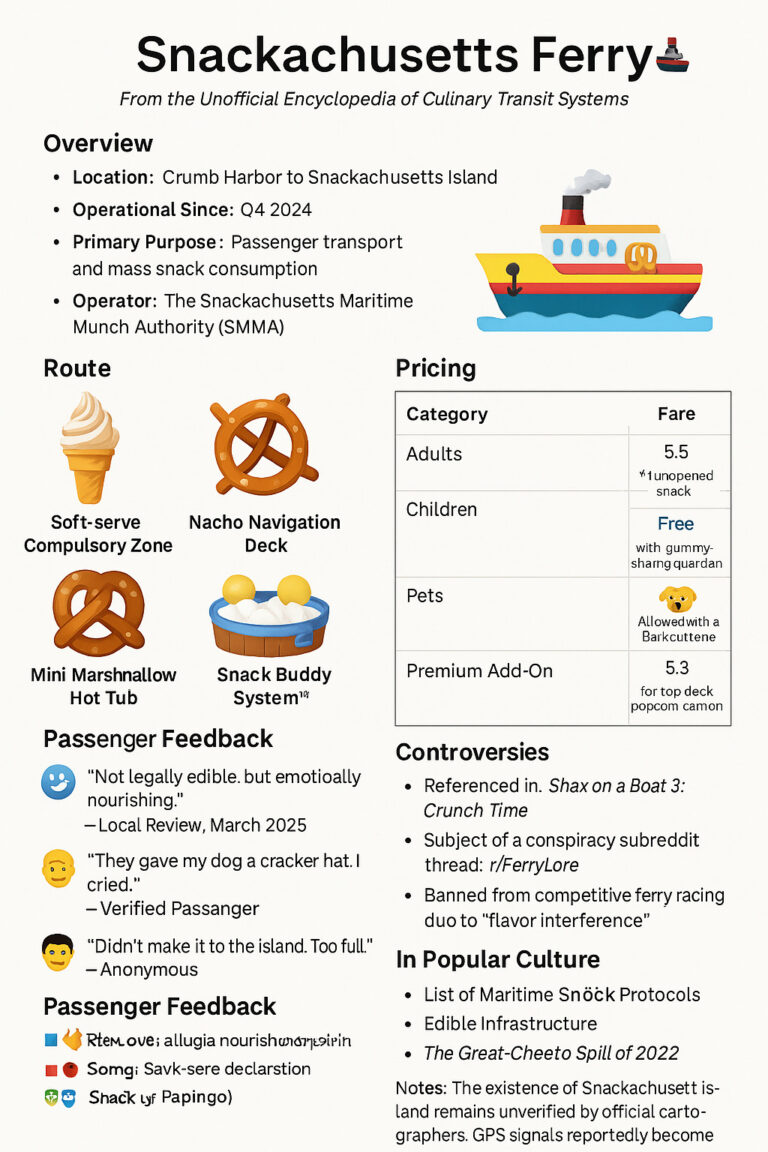Information is vital in so many areas. Whoever said ignorance is bliss wasn’t trying to run a company, learn a new subject, or ask someone out when you aren’t sure if they like you back. From your social life to business operations, the best way to succeed at any venture is by gathering the proper information before proceeding with your next steps. When you’re running a business, it makes the most sense to put extra care and attention into getting all the answers to your questions and fully understanding your business process. Simply put, you need business intelligence.
Being smart about your company looks different for each organization, but the basic tools remain the same. With the help of business intelligence tools, business analytics, and big data infrastructures and practices you can hold the crucial analytics of your entire operation in the palm of your hand. Staying ahead of the curve with these insights will allow you to make smarter, more strategic business decisions that will lead you down the right path. One area that can greatly benefit from business intelligence is the world of manufacturing. These vendors work with so many other organizations and create a wide range of products.
A manufacturer needs to stay informed of the broad picture of their operations and how they plan to scale your company. Manufacturers can use business intelligence to analyze past decisions, get a clear picture of what is needed now, and predict the future of an organization. Here are just a few ways that business intelligence greatly impacts the world of manufacturing.
Reporting
One of the primary roles business intelligence plays in your business is for reporting purposes. When you are buying and selling a huge amount of products and dealing with consistent orders and predictive analytics, you need all this information in one central location. Business intelligence will use data mining to find the answers to all of your inquiries, apply analytics processes to the big data you’ve accumulated, and report them directly to you and your team. You can stay informed in real-time and even customize your intelligence to report specific subsections of what you’re researching.
Analysis
Once you have the information in front of you, you need to take the next step to analyze what you are looking at. Through data analytics, you can draw conclusions from the data you’ve collected. Your history of sales can help inform you of future product needs. Market trends will let you know what techniques you should be utilizing more. And machine learning can help your AI stay ahead of the curve and adaptable to changing technologies. Using business intelligence systems to see a picture of your organization will help keep you informed of what next steps may need taking.
Your analysis may also change the way you manufacture products or what you need to be making in the first place. For example, as the CBD market continues to grow and change, manufacturers need to come up with new ways to produce and package CBD products. An oil filling machine may be the answer to filling vapes and cartridges to keep up with the demand. But what type of cartridge is the most efficient for the oil vaporizer device you’re working with. When you follow the trend and analyze how this form of CBD consumption is growing, you can fine tune your product to fit the new needs.
Visualization
For someone who is used to working with tangible items like machinery, staring at a bunch of numbers and statistics may seem confusing to you. A benefit of business intelligence is the ability to visualize your data to create actionable insights. By putting your information in easy-to-read platforms, charts, spreadsheets, or interactive maps, you can better understand and analyze your information. This can also help you integrate your solutions and recognize new strategic plans for the future in more immediate, understandable ways.






